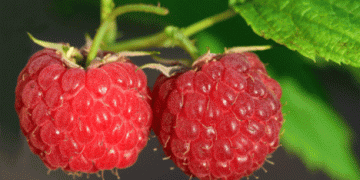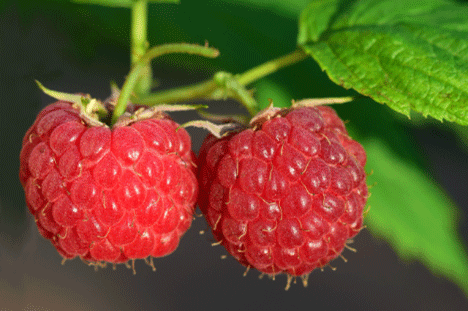In 2024, the global raspberry market has encountered an unusual and challenging situation. The harvest season for ever-bearing raspberry varieties in Ukraine began much earlier than usual, disrupting the typical market cycle. According to Andriy Yarmak, an economist at the Food and Agriculture Organization of the United Nations (FAO), this shift in timing has significantly impacted the market, as producers and buyers alike navigate the consequences of these early harvests.
Traditionally, ever-bearing raspberries in Ukraine are harvested from mid-August onwards, but this year saw a noticeable advancement in the season. This early start can be attributed to a combination of favorable weather conditions and perhaps changes in cultivation practices. However, while an early harvest might seem beneficial, it has led to a mismatch in the global supply chain, exacerbating existing market challenges.
Globally, the raspberry market is currently marked by high demand but insufficient supply, a situation that has driven prices upward. Several factors have contributed to this supply shortage. In Serbia, which is one of the world’s leading raspberry producers, adverse weather conditions and other production issues have severely impacted yields. Similarly, Poland, another major raspberry producer, has seen a continued reduction in the area dedicated to raspberry cultivation. This trend is driven by various factors, including economic challenges, shifting agricultural priorities, and difficulties in maintaining profitable production levels.
In Ukraine, the situation is further complicated by the ongoing conflict, which has disrupted agricultural activities and created a severe labor shortage. Many farmers in the region have struggled to maintain their crops under these conditions, leading to lower-than-expected yields. The combination of these challenges across key raspberry-producing regions has prevented a stabilization of the global market, keeping supply tight and prices elevated.
The implications of this market imbalance are significant for both producers and consumers. For farmers, particularly those in regions like Ukraine who are already facing difficult conditions, the high prices might offer some financial relief. However, the long-term viability of raspberry production in these areas remains uncertain due to ongoing conflict and economic instability.
For consumers and the broader food industry, the high prices and limited availability of raspberries could lead to changes in consumption patterns. Processors and retailers may need to adjust their sourcing strategies or seek alternative fruits to meet demand, while consumers could see higher prices at the grocery store or a reduction in the availability of fresh raspberries.
The early raspberry harvests in Ukraine and the concurrent production challenges in Serbia and Poland have created a perfect storm for the global raspberry market. With demand outstripping supply and no immediate resolution in sight, prices are likely to remain high, creating both opportunities and challenges for producers. As the industry adapts to these changes, the long-term impact on raspberry cultivation and global market dynamics will be closely watched.


































